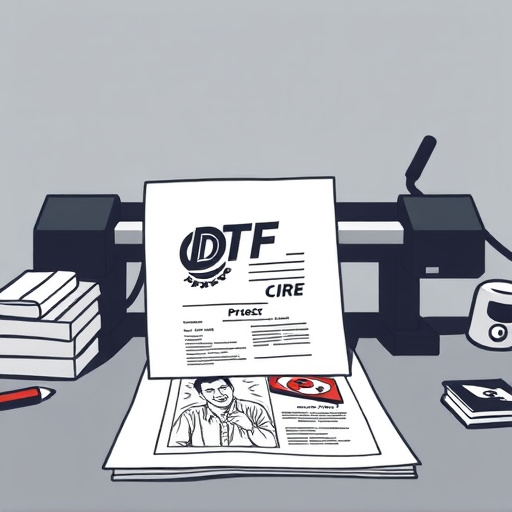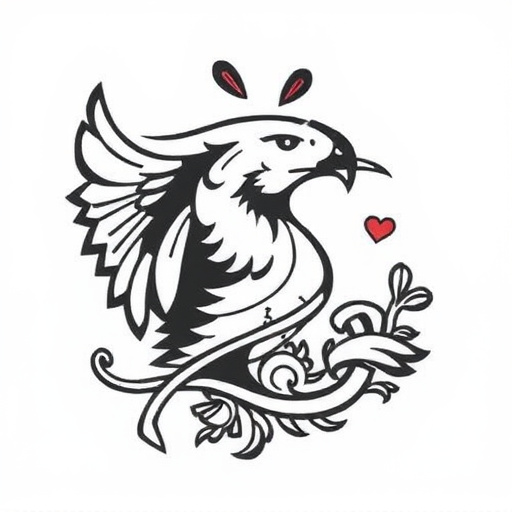Understanding DTF Transfer Sheets is key to troubleshooting app issues and direct-to-fabric printing challenges like ink bleeding and misaligned designs. This guide offers practical steps for optimal results, covering storage, temperature, design complexity, paper alignment, and more, ensuring vibrant colors on dark fabrics without ghosting or discoloration.
Unraveling application glitches can be a complex task, but fear not! This article is your guide to mastering troubleshooting with DTF Transfer Sheets. Discover how these sheets, designed for efficient data transfer, can become powerful tools in identifying and resolving common software issues. Learn the art of navigating through potential problems, from understanding sheet functionality to following a structured problem-solving process. By embracing DTF Transfer Sheets, you’ll revolutionize your approach to application troubleshooting.
- Understanding DTF Transfer Sheets for Effective Troubleshooting
- Identifying Common Application Issues Using DTF Sheets
- Step-by-Step Guide to Resolving Problems with DTF Transfers
Understanding DTF Transfer Sheets for Effective Troubleshooting
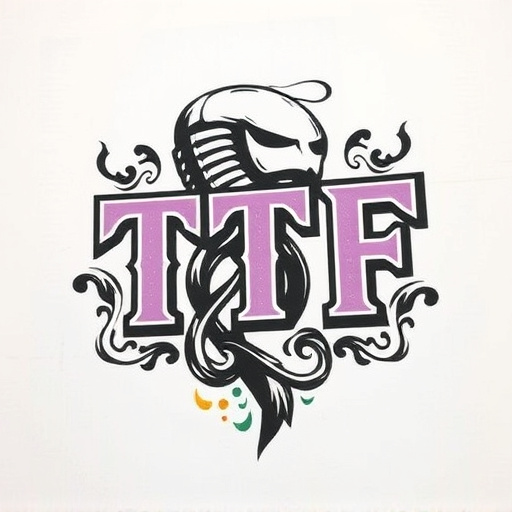
Understanding DTF Transfer Sheets is key to effectively troubleshooting application issues with your favorite applications. These specialized sheets are designed for direct-to-fabric (DTF) printing, allowing users to transfer intricate designs and graphics onto a variety of materials, from cotton tees to leather goods. By using DTF transfer sheets, you can bypass common problems associated with traditional printing methods, such as ink bleeding or smudging.
For optimal troubleshooting, consider the unique properties of DTF transfer sheets. The sheets use heat-sensitive adhesive that activates during the printing process, ensuring precise and long-lasting results. This technology enables accurate color reproduction and fine detail retention, crucial for complex designs. Moreover, DTF printing for dark fabrics is a significant advantage; it allows you to achieve vibrant, eye-catching results even on deeply pigmented materials without ghosting or discoloration.
Identifying Common Application Issues Using DTF Sheets
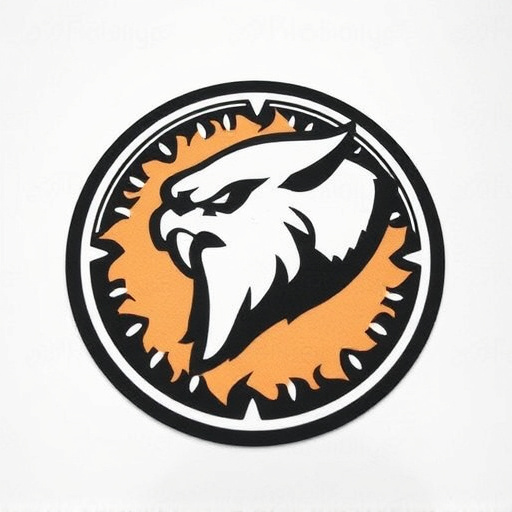
When troubleshooting application issues with DTF (Direct to Film) Transfer Sheets, understanding common problems is key. DTF printing has revolutionized custom apparel, from creating direct to film personalized hoodies to designing intricate dtf for t-shirts. However, like any technology, it’s not without its hurdles. Common issues may include misaligned designs, poor print quality, or difficulties in adhesive bonding. Examining the DTF sheets for any visible imperfections or inconsistencies is a good starting point. Check if the film is properly seated on the substrate and ensure the printing surface is clean and free from debris.
DTF Transfer Sheets offer a straightforward method to achieve high-quality custom prints, but identifying and addressing specific issues is crucial. For instance, if the design appears pixelated or blurry, it could indicate an incorrect resolution setting during the print process. In such cases, adjusting the resolution settings in your software and recalibrating the printer can help. By familiarizing yourself with these common problems and their solutions, you’ll be better equipped to navigate any challenges that arise when working with DTF Transfer Sheets, ensuring successful outcomes for your custom apparel projects, whether it’s creating dtf printing for hoodies or designing unique t-shirts.
Step-by-Step Guide to Resolving Problems with DTF Transfers
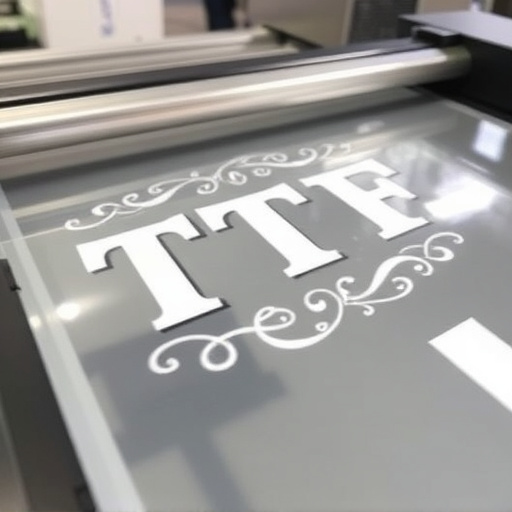
When encountering issues with DTF (Direct to Fabric) transfers using DTF Transfer Sheets, a systematic approach is key to quick resolution. Here’s a step-by-step guide tailored for both beginners and experienced users alike:
1. Inspect Your Materials: Ensure that your DTF sheets are fresh, not expired, and stored correctly. Check the heat press temperature and pressure settings against the manufacturer’s recommendations for optimal transfer. Verify the fabric type and its preparation; prewashing and proper drying are crucial for successful dtf printing for t-shirts.
2. Preparation and Testing: Prepare a test print on a scrap piece of fabric to check the design’s clarity and alignment. Ensure your DTF printer is properly calibrated and that ink cartridges are fresh. Clean the press platens regularly to prevent residue buildup, which can affect transfers.
3. Check Layering and Design Complexity: Complex designs with numerous layers or fine details might require adjustments in printing settings or a different heat press approach. Simplify intricate designs if possible, and consider using transparent overlays for better alignment.
4. Adjust Transfer Time and Pressure: If the transfer isn’t adhering properly, try increasing pressure or extending the heat application time (but not excessively to avoid damaging the fabric). Experiment until you find the perfect balance for your specific dtf printer and materials.
5. Investigate Paper Alignment: Misalignment can lead to uneven transfers. Always double-check the paper positioning against your design software’s guidelines, especially when dealing with detailed motifs.
DTF Transfer Sheets are a powerful tool for troubleshooting application issues, offering a structured approach to identifying and resolving problems efficiently. By systematically working through these sheets, users can navigate complex software challenges, ensuring optimal performance. This method not only saves time but also enhances problem-solving skills, making it an indispensable resource for anyone managing applications.









